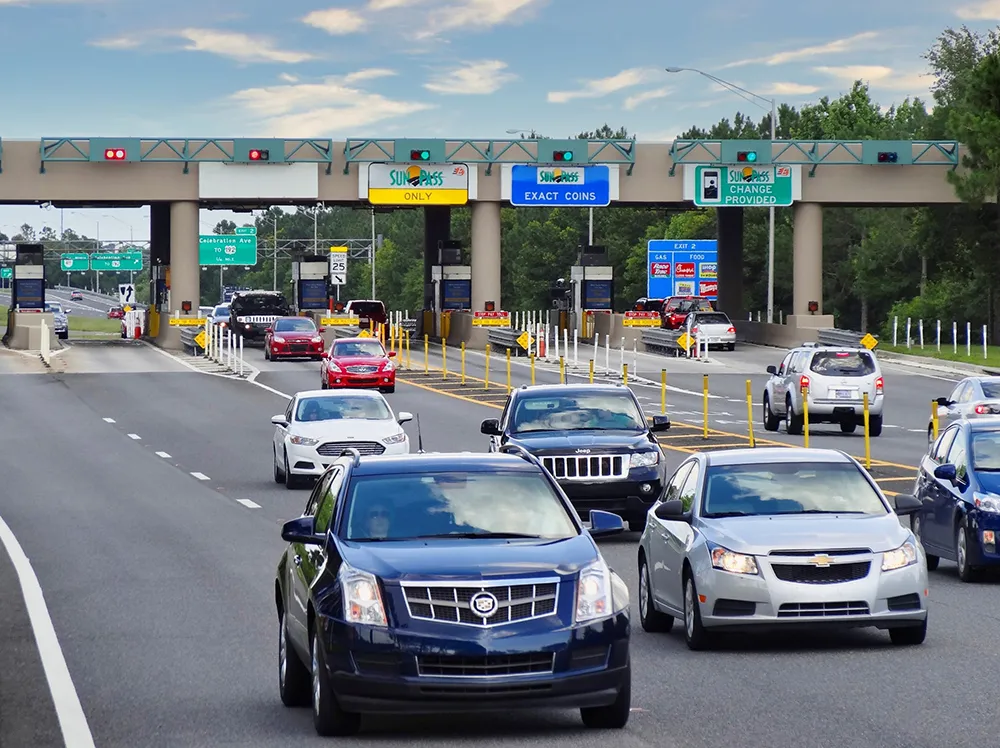Michigan road agencies and General Motors' (GM) Research & Development are collaborating to showcase the state's progress in connected and automated vehicles by demonstrating smart signal technology. Demonstrations were recently conducted in Macomb County, adjacent to GM's Warren Technical Center, as development vehicles engaged in vehicle-to-infrastructure (V2I) communication at two intersections. In collaboration with the Michigan Department of Transportation (MDOT) and the Macomb County Department of Roa
May 26, 2017
Read time: 1 min
Michigan road agencies and 948 General Motors' (GM) Research & Development are collaborating to showcase the state's progress in connected and automated vehicles by demonstrating smart signal technology. Demonstrations were recently conducted in Macomb County, adjacent to GM's Warren Technical Center, as development vehicles engaged in vehicle-to-infrastructure (V2I) communication at two intersections.
In collaboration with the
The traffic signals were able to send real-time data to the vehicles, which could alert the driver of a potential red light violation.









